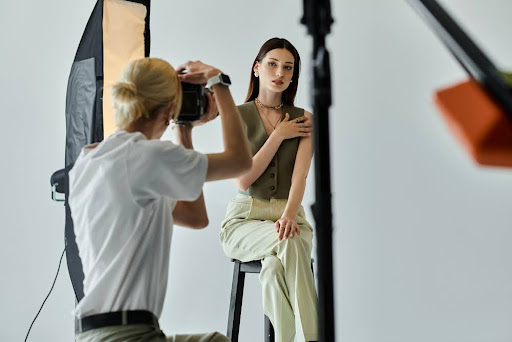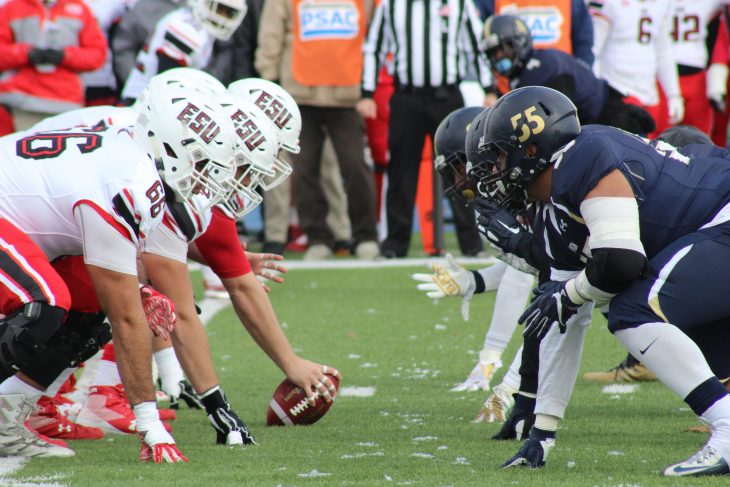Cats, with their enigmatic personalities and graceful poise, have been a source of inspiration for artists across centuries and cultures. From the ancient frescoes of Egypt to the contemporary canvases of modern art, the depiction of cats in paintings is as diverse and captivating as the creatures themselves. This article delves into some of the most interesting and iconic paintings of cats, exploring their historical significance, artistic style, and the stories they tell.
1. “Theophile Steinlen’s “Le Chat Noir” Poster (1896)
The iconic poster for the cabaret “Le Chat Noir” in Montmartre, Paris, created by Theophile Steinlen, is perhaps one of the most recognizable cat images in art history. The black cat, with its arched back and piercing eyes, became a symbol of the bohemian lifestyle and the burgeoning art scene in late 19th-century Paris. Steinlen’s use of bold lines and vibrant colors captures the mystique and allure of the feline, making it an enduring emblem of Parisian culture.
2. “Cat on a Cushion” by Henriette Ronner-Knip (1880s)
Henriette Ronner-Knip, a Dutch-Belgian artist, is celebrated for her realistic and affectionate portrayals of cats. “Cat on a Cushion” is a masterpiece that exemplifies her ability to capture the essence of feline grace and tranquility. The painting features a cat lounging on a plush cushion, bathed in soft light that accentuates its fur and the texture of the fabric. Ronner-Knip’s attention to detail and her understanding of cat behavior shines through, making the painting a beloved work among cat enthusiasts.
3. “The Cat” by Balthus (1935)
Balthus, a French-Polish modern artist, is known for his enigmatic and sometimes controversial works. “The Cat” is a striking painting that showcases a young girl holding a cat, with both subjects exuding a sense of quiet introspection. The cat’s intense gaze and the girl’s pensive expression create a mysterious and somewhat surreal atmosphere. Balthus’s use of muted colors and precise lines adds to the painting’s dreamlike quality, inviting viewers to ponder the relationship between the girl and her feline companion.
4. “Two Cats” by Tsuguharu Foujita (1930)
Tsuguharu Foujita, a Japanese-French painter, brought a unique fusion of Eastern and Western art styles to his work. “Two Cats” is a delightful example of his ability to blend delicate line work with a modern aesthetic. The painting features two cats, rendered with meticulous detail and a sense of whimsy. Foujita’s use of ink and subtle washes of color give the cats a lifelike yet ethereal presence, reflecting his deep appreciation for both Japanese calligraphy and European painting techniques.
5. “Girl with a Kitten” by Lucian Freud (1947)
Lucian Freud, a British painter known for his intense and psychologically charged portraits, brings a raw and honest approach to “Girl with a Kitten.” The painting depicts a young girl holding a kitten close to her face, her expression one of deep contemplation. Freud’s characteristic thick brushstrokes and earthy palette create a tactile quality, making the subjects appear almost tangible. The kitten’s soft fur contrasts with the girl’s taut skin, emphasizing the connection and tension between them.
6. “The White Cat” by Pierre Bonnard (1894)
Pierre Bonnard, a French painter associated with the Post-Impressionist and Nabi movements, had a talent for capturing domestic scenes with warmth and intimacy. “The White Cat” is a charming painting that portrays a cat lounging in a cozy interior. Bonnard’s use of vibrant colors and loose brushstrokes creates a lively yet serene atmosphere. The white cat, with its relaxed posture and content expression, becomes a focal point that draws viewers into the tranquil world of Bonnard’s creation.
7. “The Cat That Walked by Himself” by Rudyard Kipling and Illustrator Henriette Ronner-Knip (1902)
Though primarily known as an illustration rather than a standalone painting, Henriette Ronner-Knip’s artwork for Rudyard Kipling’s story “The Cat That Walked by Himself” deserves mention for its artistic merit and narrative power. The illustration captures the independent spirit of the cat, aligning perfectly with Kipling’s tale of a feline that refuses to be tamed. Ronner-Knip’s detailed and expressive rendering brings the story to life, making it an enduring favorite among fans of literature and art.
8. “Green Cat” by Andy Warhol (1979)
Andy Warhol, the leading figure of the Pop Art movement, brought his signature style to the world of cats with “Green Cat.” This vibrant and playful painting features a stylized cat in bold green hues, set against a contrasting background. Warhol’s use of bright colors and simplified shapes reflects his fascination with mass culture and consumerism. “Green Cat” is a testament to Warhol’s ability to transform everyday subjects into iconic works of art, and it showcases the enduring appeal of cats in popular culture.
9. “Cat Watching a Spider” by Oide Tōkō is a captivating piece that epitomizes the delicate balance between curiosity and stillness. The painting features a cat in a moment of intense focus, its eyes locked onto a small spider. Tōkō’s meticulous brushwork and subtle use of color highlight the intricate details of the cat’s fur and the fragile form of the spider. This scene of everyday life is elevated to a study of concentration and anticipation, capturing the natural instincts and grace of the feline observer. The minimalist background ensures that the viewer’s attention remains on the central interaction, emphasizing the quiet drama unfolding in this simple yet profound encounter.
10. “Sleeping Cat” by Léonard Tsuguharu Foujita (1930)
Another notable work by Tsuguharu Foujita, “Sleeping Cat,” showcases his ability to capture the peacefulness and elegance of a resting feline. The painting features a cat curled up in a deep slumber, rendered with exquisite detail and a sense of tenderness. Foujita’s precise line work and delicate shading give the cat a lifelike presence, while his use of a limited color palette enhances the painting’s serene and meditative quality. “Sleeping Cat” is a beautiful testament to Foujita’s mastery of both technique and subject matter.
Conclusion
The diverse array of cat paintings throughout history highlights the enduring fascination and admiration that artists have for these enigmatic creatures. From the bold and vibrant works of Pop Art to the delicate and detailed illustrations of classical artists, cats continue to inspire and captivate. Each painting offers a unique glimpse into the world of cats, reflecting their grace, mystery, and undeniable charm. As we explore these masterpieces, we gain a deeper appreciation for the bond between humans and their feline companions, and the timeless allure of cats in art.






















